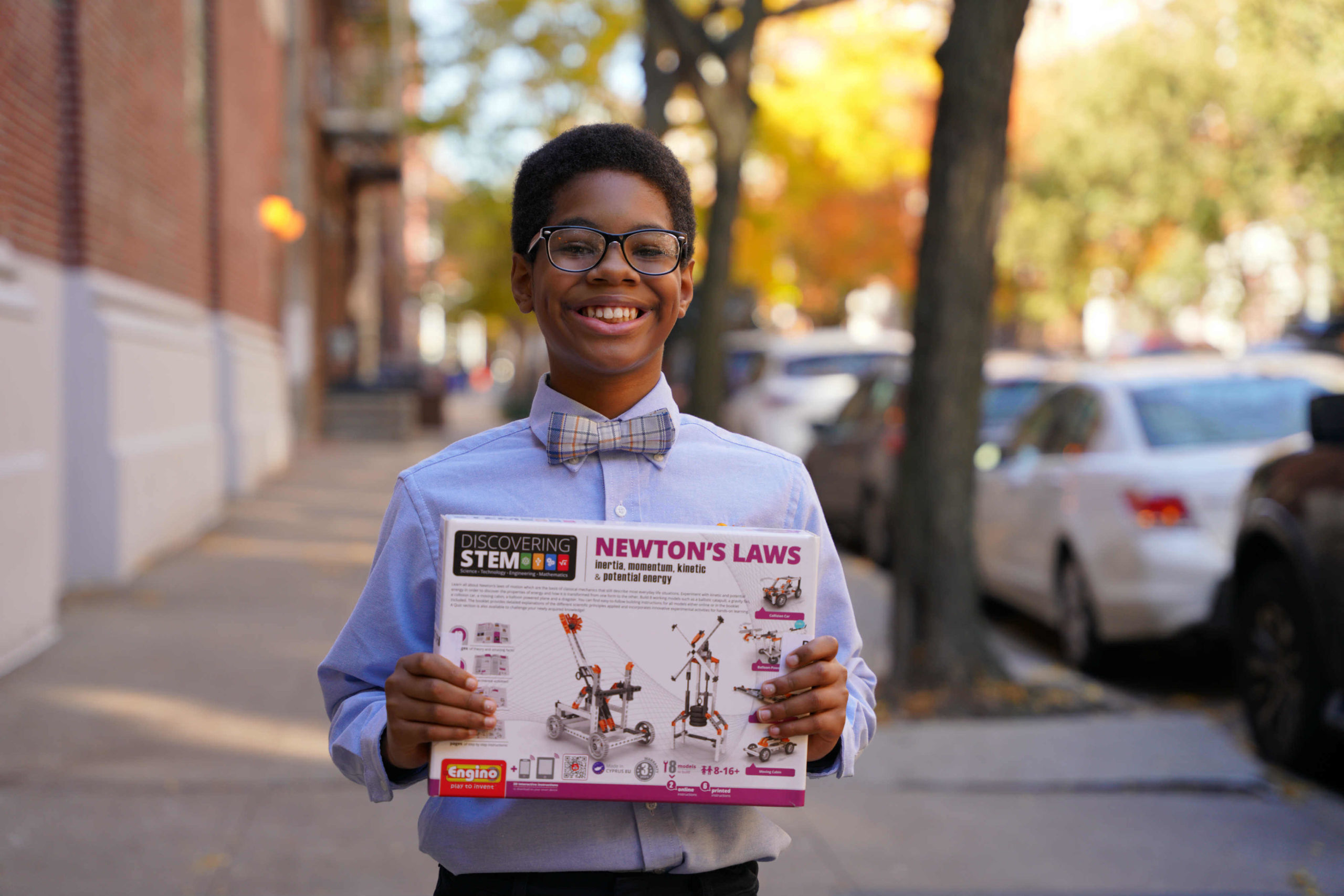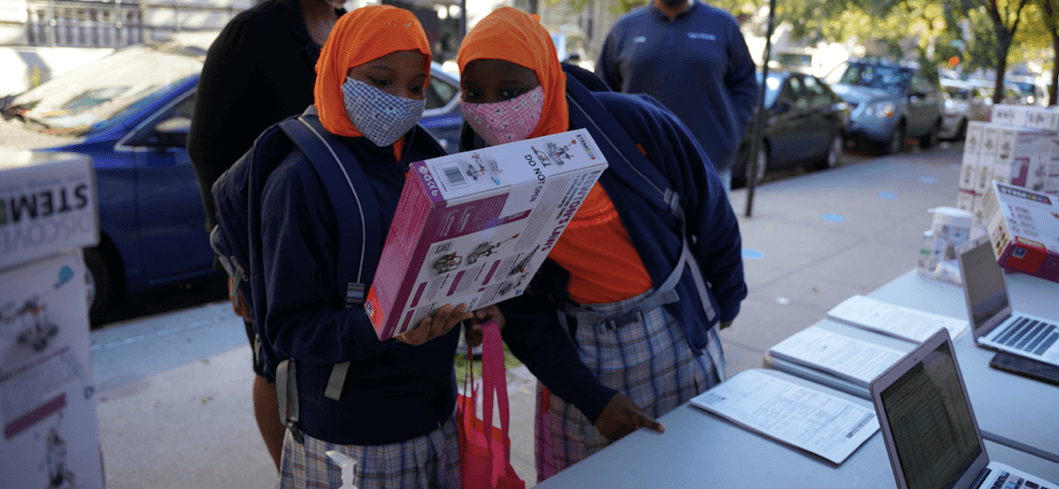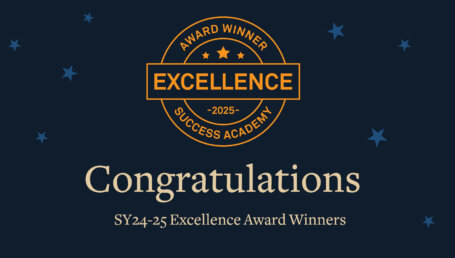
When the middle school science team realized that the annual Science Symposium would need to be held remotely, they set to work looking for a solution — and a silver lining. The Science Symposium is one of SA’s most exciting middle school STEM units, when scholars design science and engineering projects and dedicate an entire month to investigating, experimenting, and presenting. For Joseph Powell, Leader of MS and HS Science Content, it was essential to find a way for scholars to experience a Symposium that was still hands-on and interactive. Mr. Powell considered the options. Physics concepts, he realized, could probably be explored most easily at home — and would certainly be exciting for scholars. Why not use physics to create an outstanding Remote Science Symposium?
Mr. Powell and his team tested dozens of physics kits to find one that was up to SA’s high standards — Engino’s Discovering STEM — and then got to work coordinating with Operations to ensure every middle school scholar could safely pick up their kit in November. The team couldn’t be more excited to use physics as the vehicle for the Science Symposium 2020, which officially launched in November for grades 5-8 and will continue as a series of lessons and special events through December. We connected with Mr. Powell to learn more about the significance of this year’s Newton-focused Symposium and how middle-school physics will elevate the STEM curriculum at Success.
Why was it important to bring physics into the middle school curriculum?
There are so many cross-functional applications of physics! Gaining a basic understanding of the laws of motion and the properties of energy will ultimately help scholars in their biology, their chemistry — even in history. For this Symposium unit, we’ve pulled information from middle school humanities so that scholars learn about the role of physics in shaping the medieval and classical periods; physics had a profound impact through the use of the catapult and various other applications. There are many everyday situations that involve physics, so we feel that studying the subject at an early age will help make STEM relevant and exciting for scholars. They will also have a firm grasp of the mathematical components by the time they get to high school, which will ultimately affect their academic trajectory because they can confidently take on the very robust — even collegiate — STEM offerings at SA High Schools of the Liberal Arts.
Our scholars are seeing so many cool things develop in their lifetime, like the creation of self-driving cars and revolutionary changes in the field of material science and technology. Physics has a role in all of that, and so it makes the discipline incredibly rewarding. We want to set our scholars up for success in these fields.
Why was your team so determined to hold a Science Symposium as part of SA’s remote learning curriculum?
We wanted scholars to continue to access the time and the tools for scientific exploration, and we weren’t willing to give up such an important part of the learning process just because the Symposium had to be held remotely. My team likes to innovate and SA science teachers are always up for a challenge — especially when that challenge involves teaching scientific investigation to our scholars. It’s also really important to us that scholars have a chance to show and explain what they’ve learned; a key component of the Symposium is the presentation of findings to friends, teachers, and family members. Since scholars are already learning at home, we thought it would be nice to leverage that environment and really celebrate that particular element of the Symposium. We’ve built in strategic moments where scholars will get to interact with family members throughout the experience.
Why are Newton’s laws the perfect topic for a remote Science Symposium?
After a lot of research and looking at various options, physics made the most sense because it ticked all of the boxes: We wanted scholars to have a real-world application, a challenge, and a screen break. The tools needed for physics investigations are also easily transportable — scholars could fit the kits into their backpacks at our socially distanced materials pickup.
We’re also able to emphasize the engineering process, which is very hands-on, and allow scholars to literally build their own solutions. Scholars get to “do” science, which is really the most important part — doing and modeling and being present in what you’re seeing and discovering. We want them to have real-life practice to increase their learning and lead to rich discussions throughout the Remote Symposium. Scholars will be building catapults, cars, gravity fans; the kits combine science with imagination in a way that is truly engaging. My entire team turned into kids again when we were testing the kits!

SA Harlem West siblings Hawa and Aminata Tounkara investigate their Science Symposium physics kits.
Pictured above: SA Harlem West scientist Ezekiel Grimes can’t wait to unbox his physics kit










